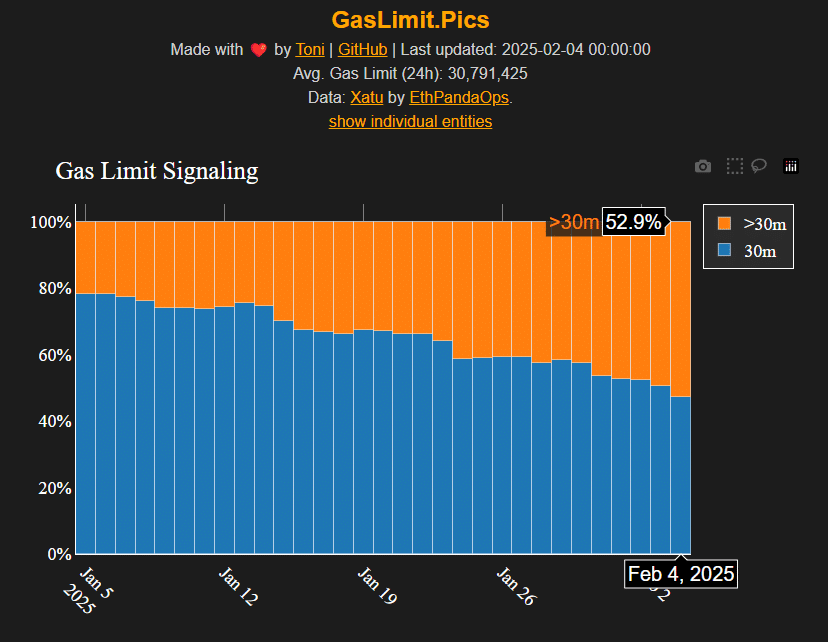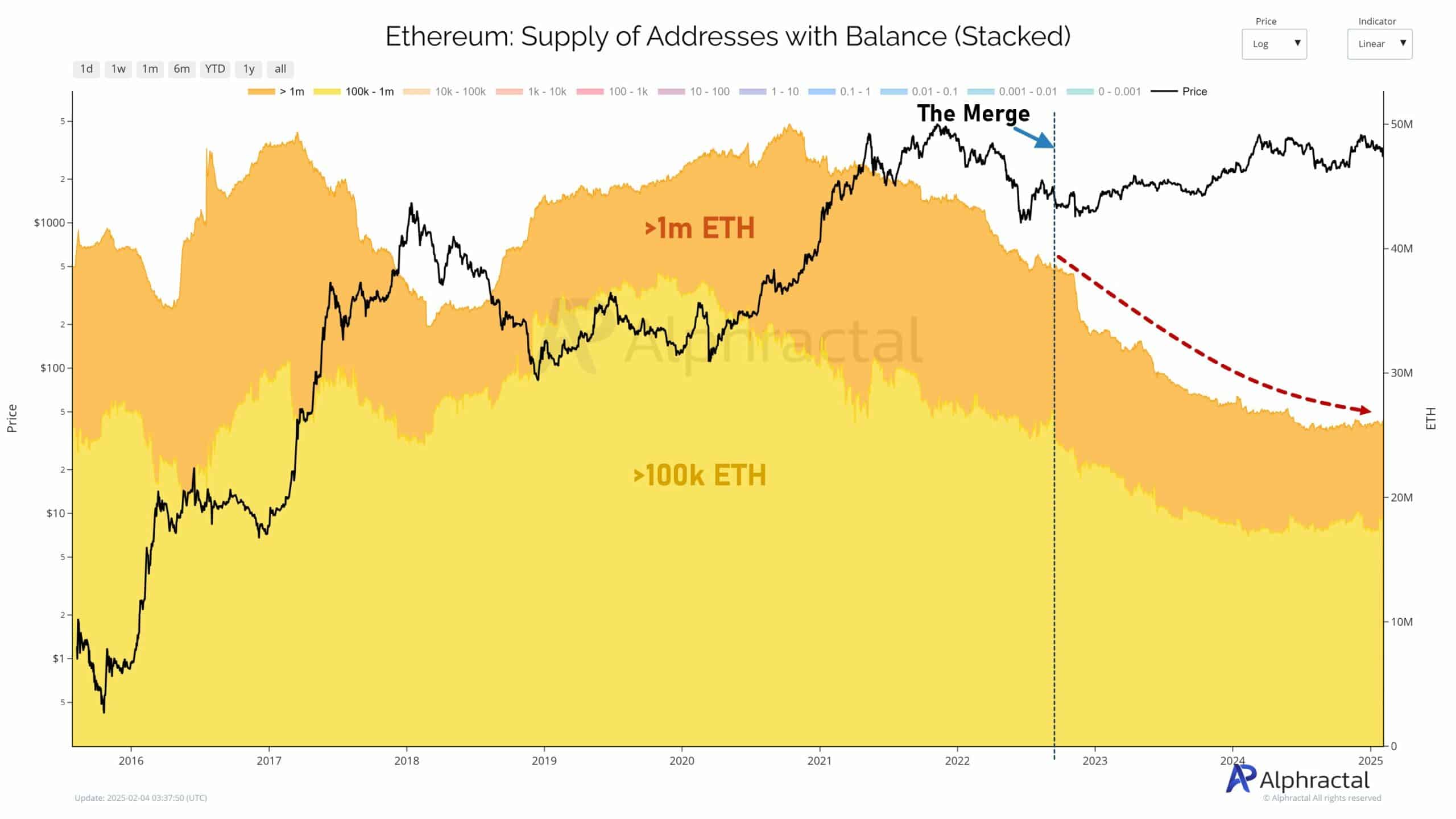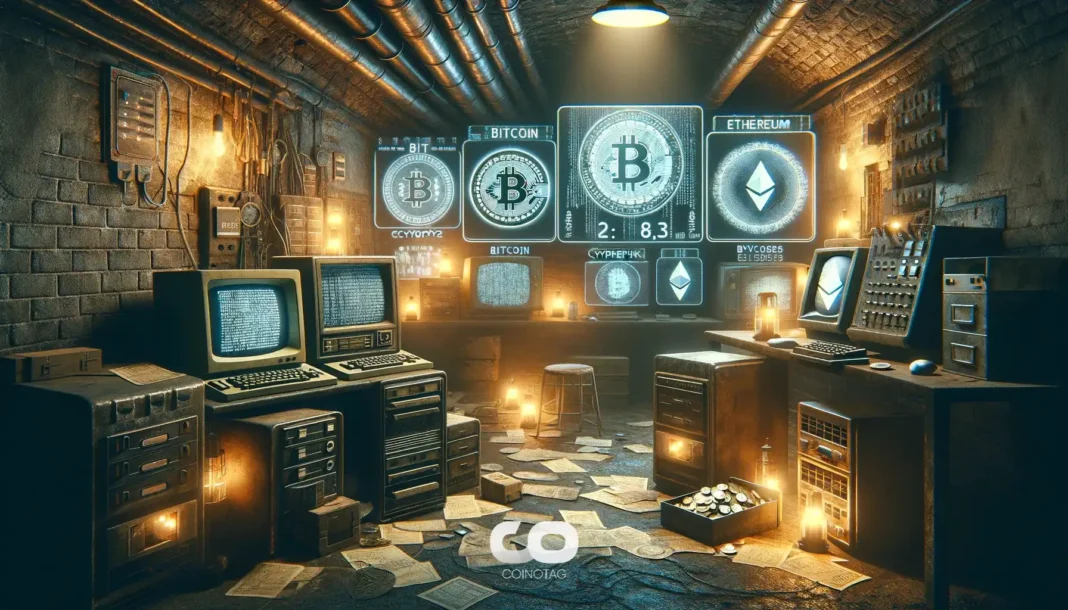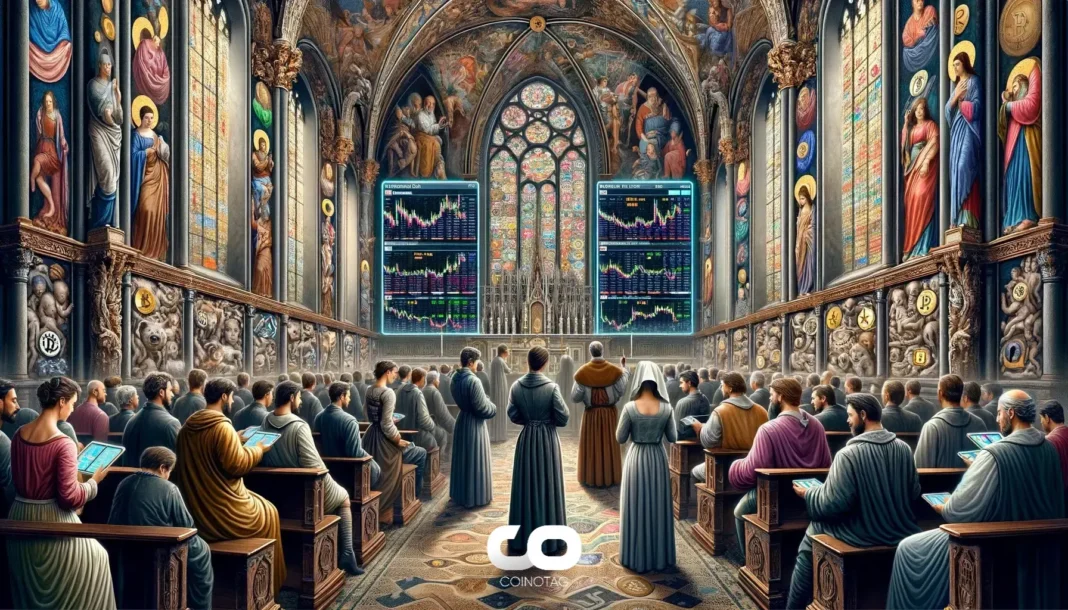-
Ethereum’s ongoing scaling efforts, particularly on the Layer 1 and Layer 2 fronts, are stirring discussions about their potential impact on market sentiment and price rallying.
-
The demand for higher gas limits reflects a significant shift within Ethereum’s validator community, indicating a proactive approach towards enhancing network scalability amidst competitive pressures.
-
As noted by Ethereum educator Anthony Sossano, “Over 50% of the network is now signaling to increase the gas limit – we did it fam! Ethereum is scaling!”
Ethereum’s validator push for increased gas limits may boost scalability and market sentiment, potentially framing a new chapter in ETH’s trading dynamics.
Over 50% of ETH validators want gas limit increase
With an eye towards maintaining competitive stature, Ethereum developers are advocating for concurrent scaling initiatives on both Layer 1 and Layer 2. This movement is driven by over 50% of validators expressing a desire to increase the base layer’s gas limit, which effectively increases the number of transactions per block.
Anthony Sossano, a prominent figure within the Ethereum community, emphasizes the significance of this collective demand: “Over 50% of the network is now signaling to increase the gas limit – we did it fam! Ethereum is scaling!”

Increasing the gas limit translates to a greater transaction capacity within each block, directly correlating to enhanced scalability. This initiative is currently supported by key figures in the Ethereum ecosystem, including Vitalik Buterin, who claims:
“L1 is scaling. A big shoutout to all the developers working on EIP-4444 (history expiry), statelessness, client efficiency upgrades, and other features that will make higher L1 gas limits decentralization-friendly.”
Additionally, Buterin has revealed that the upcoming Pectra upgrade will further augment Layer 2 scalability by doubling the blob target. He stated, “Pectra, expected in March, will increase the blob target from 3 to 6, doubling the capacity of L2s.” This approach allows for adaptive scaling that responds to technological advancements.
Despite this optimism, concerns remain. Noteworthy reservations from analysts emphasize a decline in demand from legacy holders since the Merge. Crypto expert Joao Wedson remarked, “The worst thing that happened to Ethereum was The Merge. Long-Term and Short-Term Holders stopped accumulating ETH since September 2022.”

As Ethereum contemplates these ambitious scaling projects, only time will reveal whether the renewed efforts will rejuvenate ETH’s market sentiment and investor interest.
Conclusion
In summary, the Ethereum network stands at a crucial juncture as it seeks to advance its Layer 1 and Layer 2 scaling initiatives. With a substantial portion of the validator community advocating for increased gas limits, Ethereum is poised for potential scalability improvements. Nevertheless, market dynamics and the ongoing demand patterns will play pivotal roles in determining the effectiveness of these strategies. Whether these efforts translate into a positive market sentiment for ETH remains an open question.






